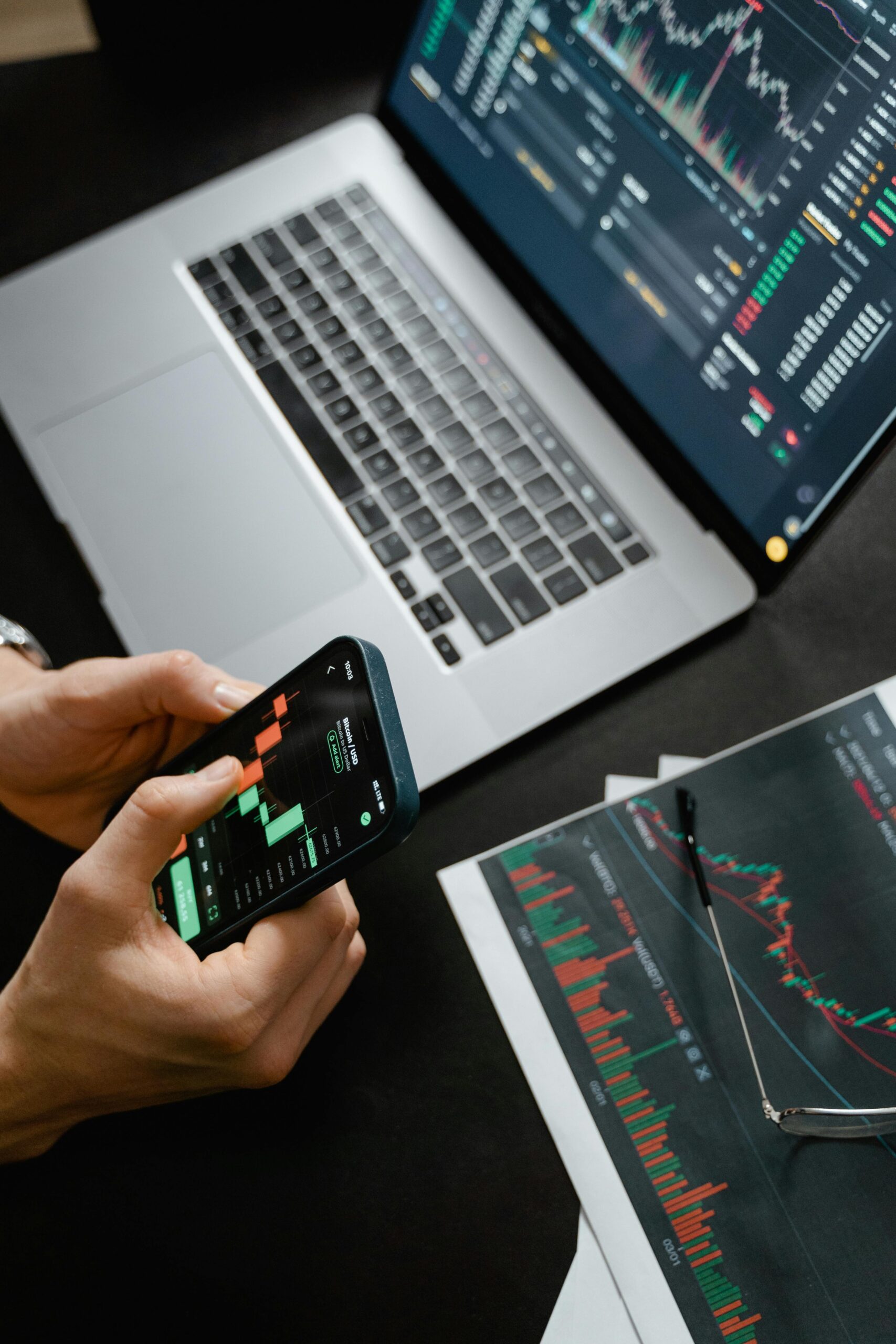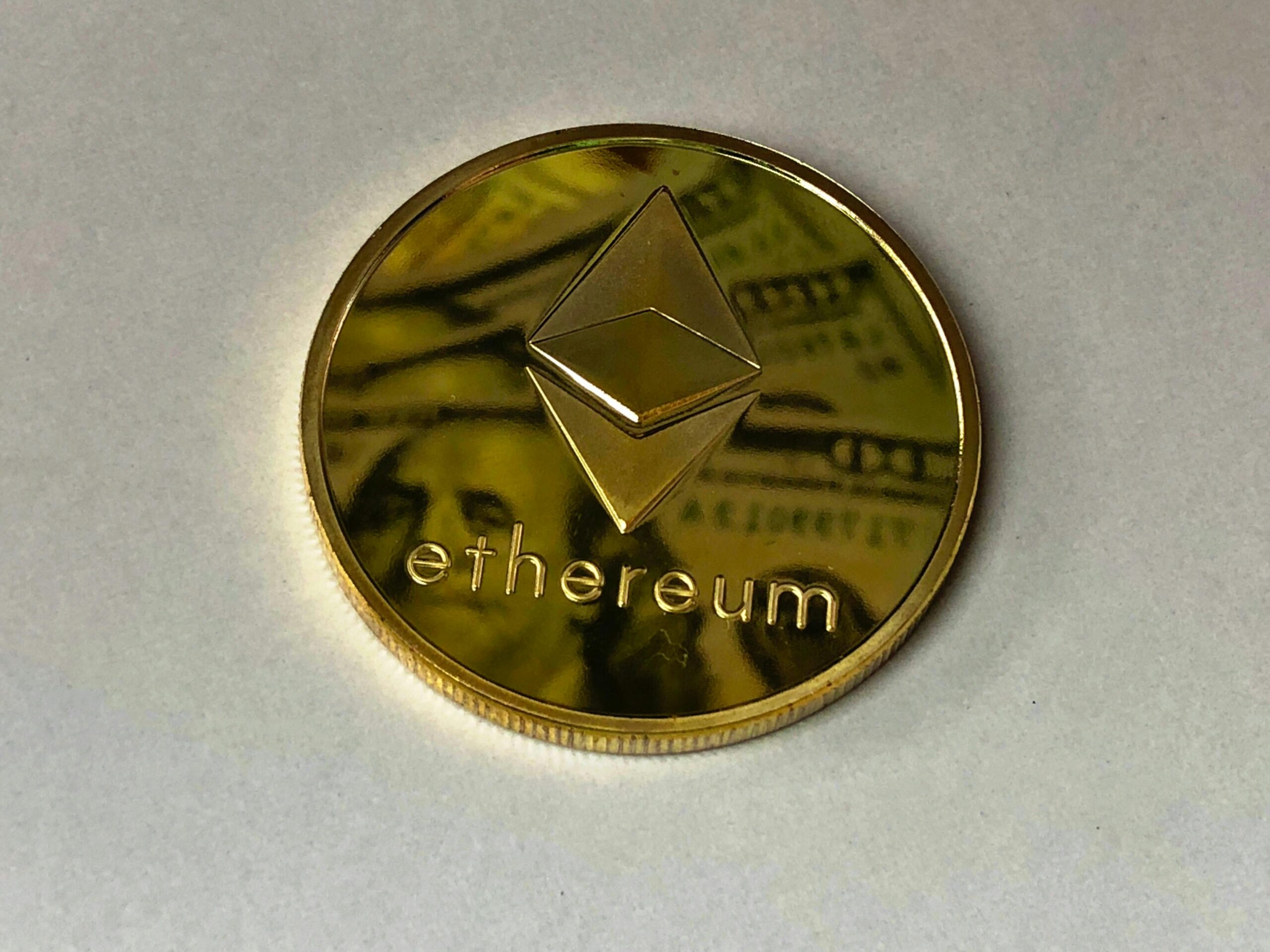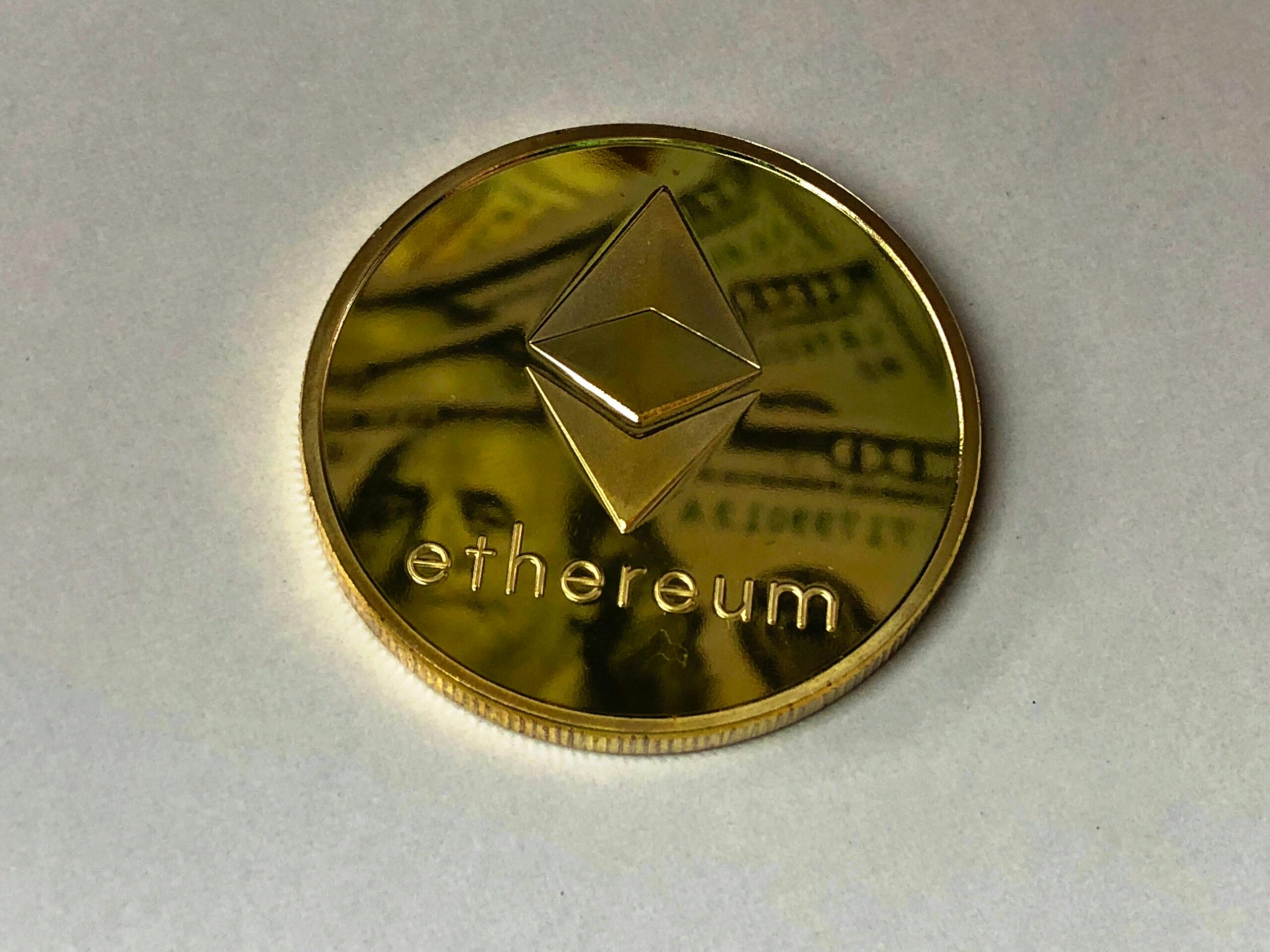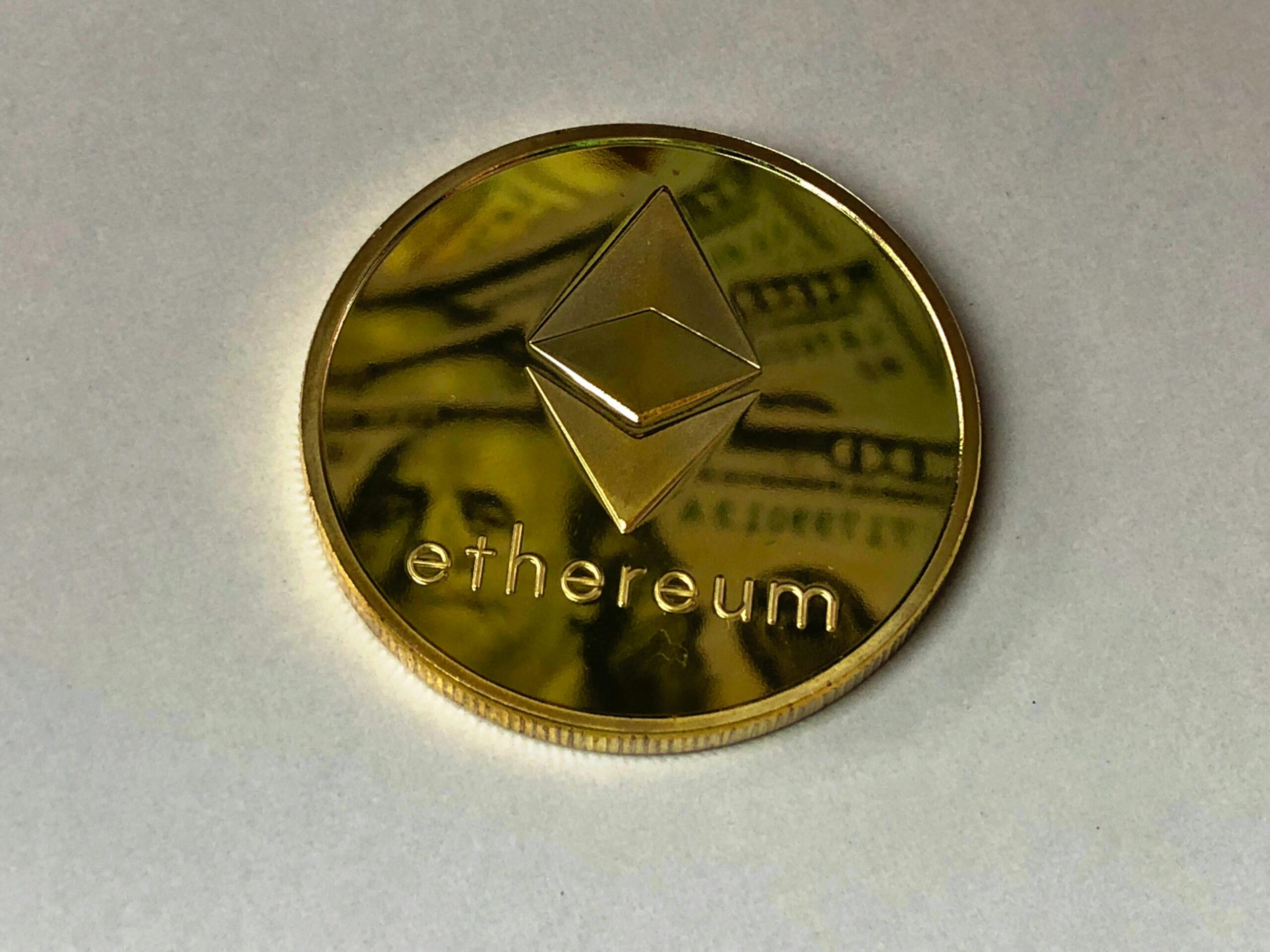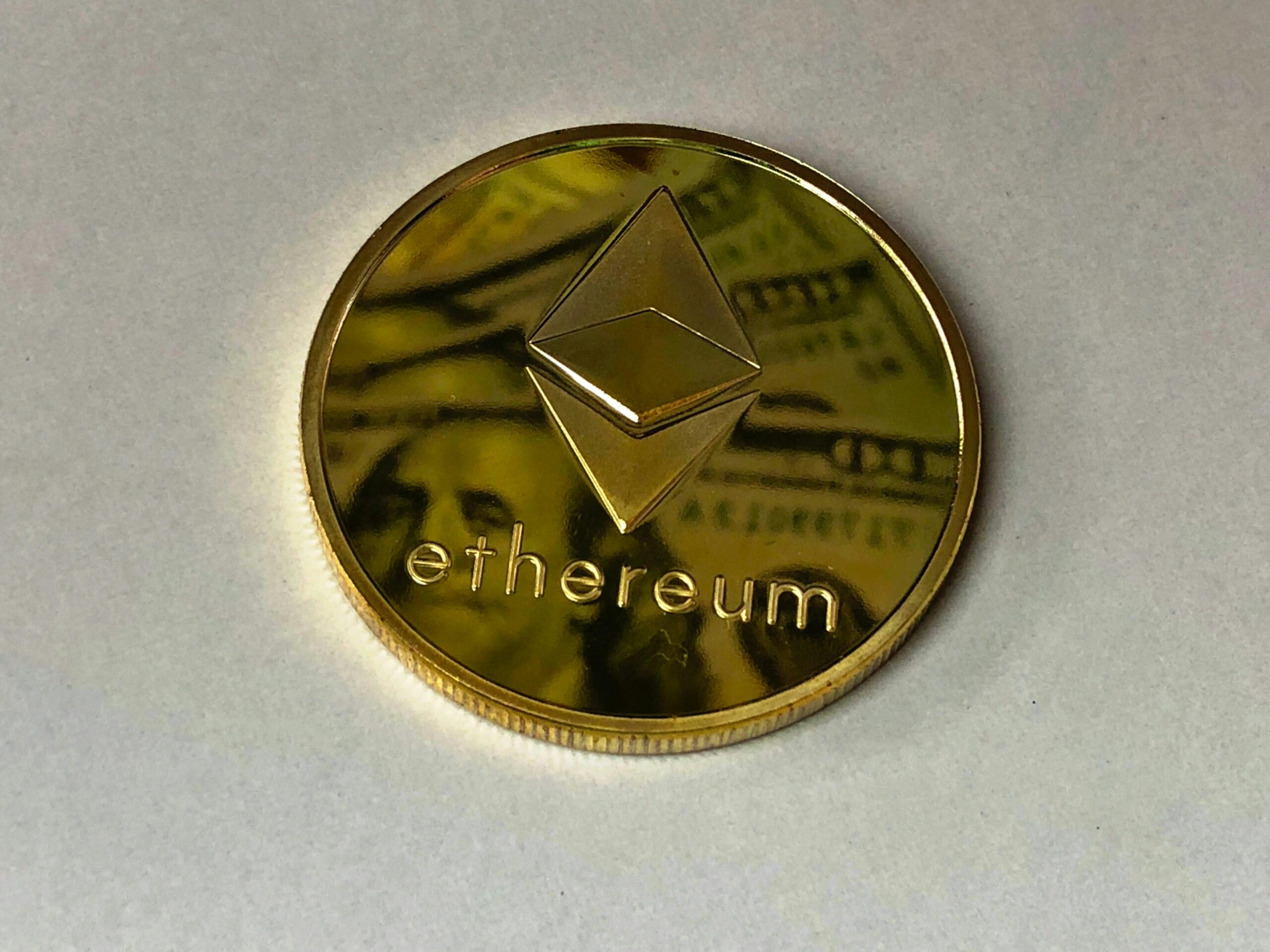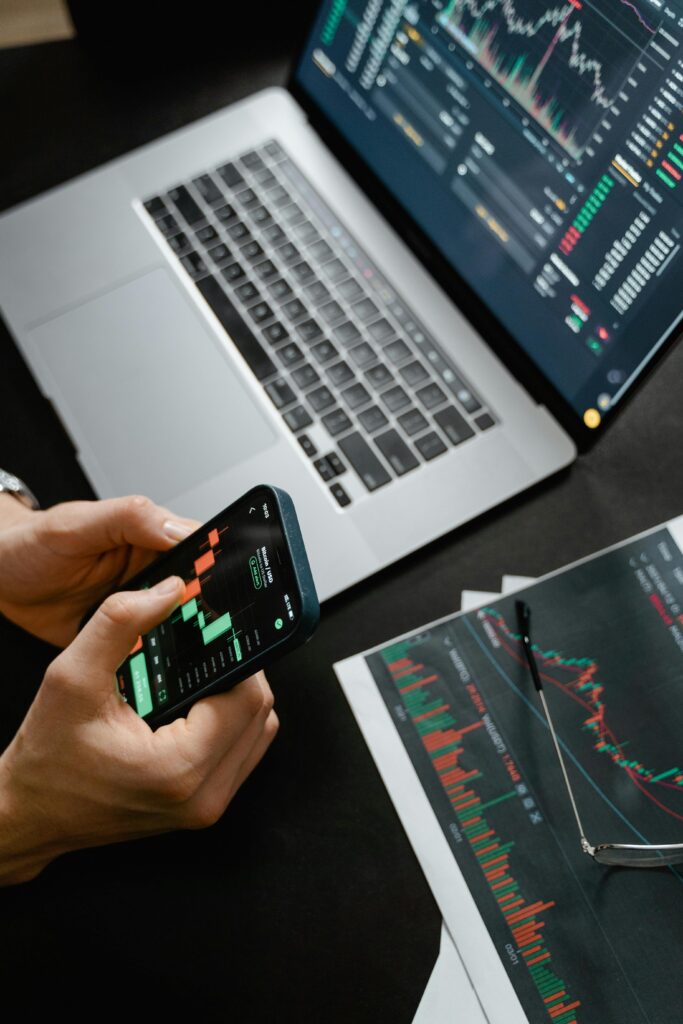
Transactions verification is one of the most crucial processes in a blockchain network, ensuring that all transactions are valid, secure, and irreversible. In this explanation, we will dive into the details of how transactions are verified on a blockchain.
To start with, let’s break down what happens when a transaction is made on a blockchain. When a user wants to send some cryptocurrency to another user, they create a transaction and broadcast it to the network. This transaction contains information such as the sender’s and recipient’s public addresses, the amount of cryptocurrency being transferred, and other relevant data.
Once the transaction is broadcasted to the network, it doesn’t immediately get confirmed. Instead, it gets verified by special nodes on the network called miners or validators, depending on the type of blockchain. These nodes collect multiple unconfirmed transactions from the network and group them together into a batch called a block.
Now, here’s where things get interesting. Miners/validators use complex algorithms to solve a mathematical puzzle that requires them to find an input (called a nonce) that produces a specific output. This output must meet certain criteria, such as having a specified number of leading zeros. The first miner-validator to solve this puzzle gets to add the new block of transactions to the blockchain.
But how do miners-validators verify these transactions in the first place? They use a combination of techniques:
Firstly, they check that the transaction is properly formatted and contains all necessary information. This includes verifying that the sender has the necessary amount of cryptocurrency to send, that the recipient’s public address is valid, and other basic checks.
Secondly, miners-validators verify the digital signatures on the transactions. In blockchain networks, users have a pair of keys: a private key (kept secret) and a corresponding public key (shared with others). When a user wants to create a transaction, they sign it using their private key. This signature can then be verified by anyone with access to the sender’s public key.
The verification process involves using the sender’s public key to check that the digital signature matches the contents of the transaction. If someone tried to alter the transaction in any way (for example, by changing the recipient’s address), the digital signature would no longer match, and the miners-validators would reject the transaction.
Thirdly, miners-validators check for double-spending attempts. Double-spending occurs when a user tries to spend the same amount of cryptocurrency twice by creating two or more transactions with different recipients but using the same inputs (i.e., the same coins). To prevent this, each blockchain has its own way of tracking which outputs have been spent and ensuring that they can’t be spent again.
Lastly, miners-validators might check for other conditions specific to their particular blockchain network. For example, some networks require that transactions are locked in a state of limbo until a certain condition is met (e.g., until a specified amount of time has passed).
Once all these checks pass, the transaction gets included in the new block by miners-validators and broadcasted to the entire network. At this point, each node on the network updates its copy of the blockchain with the latest block number, effectively confirming all transactions within that block.
However, this doesn’t mean the transaction is set in stone just yet. Depending on the specific network’s consensus algorithm (e.g., Proof-of-Work or Proof-of-Stake), additional confirmations might be necessary before the transaction is fully irreversible. In the case of Bitcoin, for example, a minimum of six block confirmations are recommended to ensure that a transaction won’t get reversed in a chain reorganization.
In conclusion, verifying transactions on a blockchain network involves several steps: checking the transaction format and information, verifying digital signatures, preventing double-spending attempts, and possibly enforcing additional network-specific conditions. By combining these checks with complex cryptographic puzzles and distributed consensus algorithms, blockchains achieve their core promise of secure, decentralized, and irreversible transaction records.
Miners-validators play a pivotal role in ensuring that all transactions are valid before adding them to the blockchain. Without their tireless efforts and computational might, the entire network would be susceptible to attacks, tampering, and abuse – and thus unable to deliver on its foundational promises of security, decentralization, and trustlessness.
It’s worth noting that different blockchains may have slightly varying transaction verification processes depending on their specific consensus algorithms and design choices. Nonetheless, this explanation should give you a solid understanding of the general principles behind transactions verification in blockchain networks.






